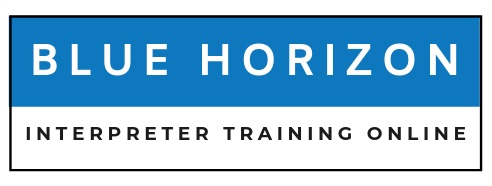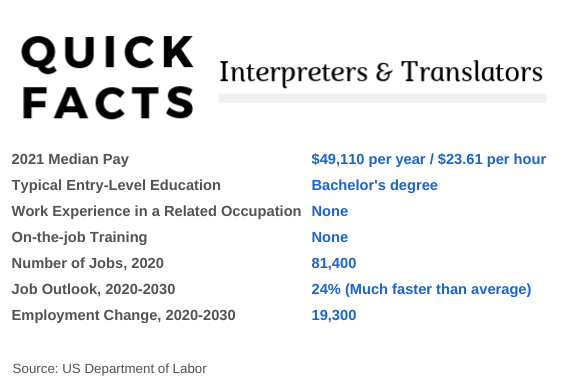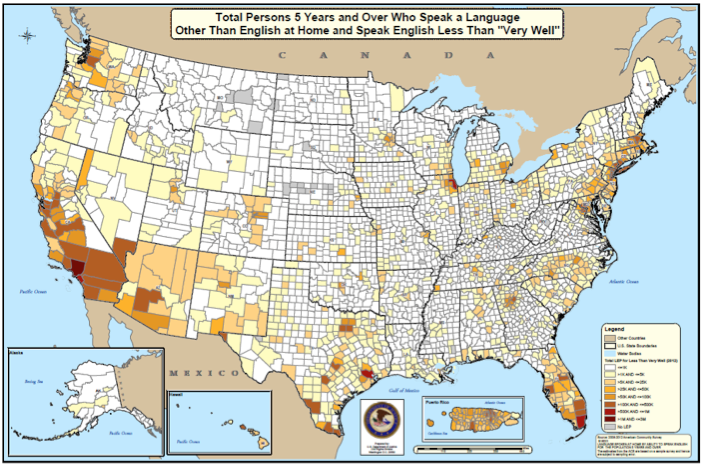FOR INTERPRETERS
Why Work as an Interpreter?
Here are the Top 7 reasons!
1. Society is global. Language demand has skyrocketed.
In 2020 there were 81,400 jobs for interpreters and translators. Average pay was $49,110 a year in May 2021. The U.S. Bureau of Labor Statistics has projected an increase of jobs in interpreting and translation of 24% from 2020-2030 — a “much faster” rate than average for jobs.
A U.S. federal survey of about 2,500 language services shows that in seven years the number of language service employees almost doubled (2008-2015).
2. It’s a way cool job. A fantastic career.
U.S. News and World Report put interpreting and translating at the #3 position in their 2022 ranking of Best Creative & Media Jobs! (Ranked by salary, job market, future growth, stress and work-life balance—wow).
3. Language is big business.
In 2019, the language industry grew to nearly $47 billion in U.S. dollars. And it’s projected to increase to $56 billion by 2021.
4. Interpreting is finally a recognized – and respected – profession. Standards and certification have driven much of it.
There are international standards for community interpreting and for legal interpreting (ISO) and general interpreting (ASTM). There are U.S. national standards for medical interpreting and both federal and state court interpreter certification, as well as two national medical interpreter certifications, national and state certifications (general, legal, medical) for American Sign Language Interpreters—and one state certification for social and medical interpreting.
5. In the U.S. and many other countries, laws protect equal access to services – which drives greater demand for interpreting services.
Such laws hugely increase the demand for interpreting. These laws affect spoken-language interpreting (federal, state and local language access laws) and signed language interpreting (federal, state and other legislation that protects the rights of persons with disabilities).
6. Demand for interpreting is growing for many languages, spoken and signed.
The highest demand is for:
a. Sign language (because of an increase in video relay services).
b. Spanish (due to high numbers of Spanish speakers in the U.S.).
c. Asian and African languages (trade growth).
d. Medical interpreting, all languages (patient safety and market demand).
e. Legal interpreting, all languages (legal requirements for equal access to justice)
Source: Slator
Source: U.S. Census Bureau
7. The world is diverse. More than 350 languages are spoken in the U.S. alone.
One in five U.S. residents speaks another language at home—more than 60 million, double the number since 1990.
Nearly half of them (more than 25 million) speak limited English.
The U.S. government has an interactive map to show the languages spoken.








